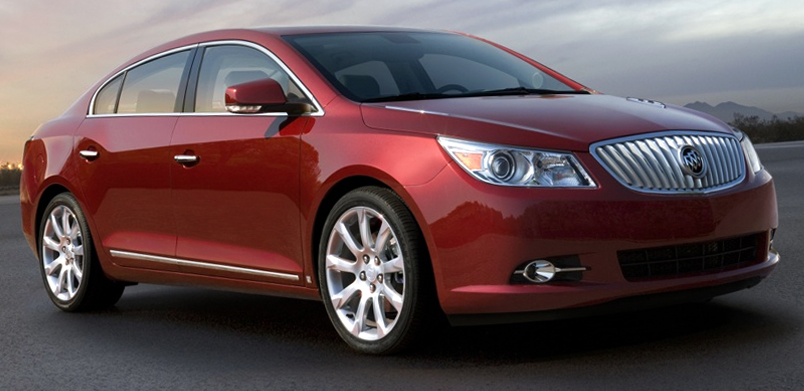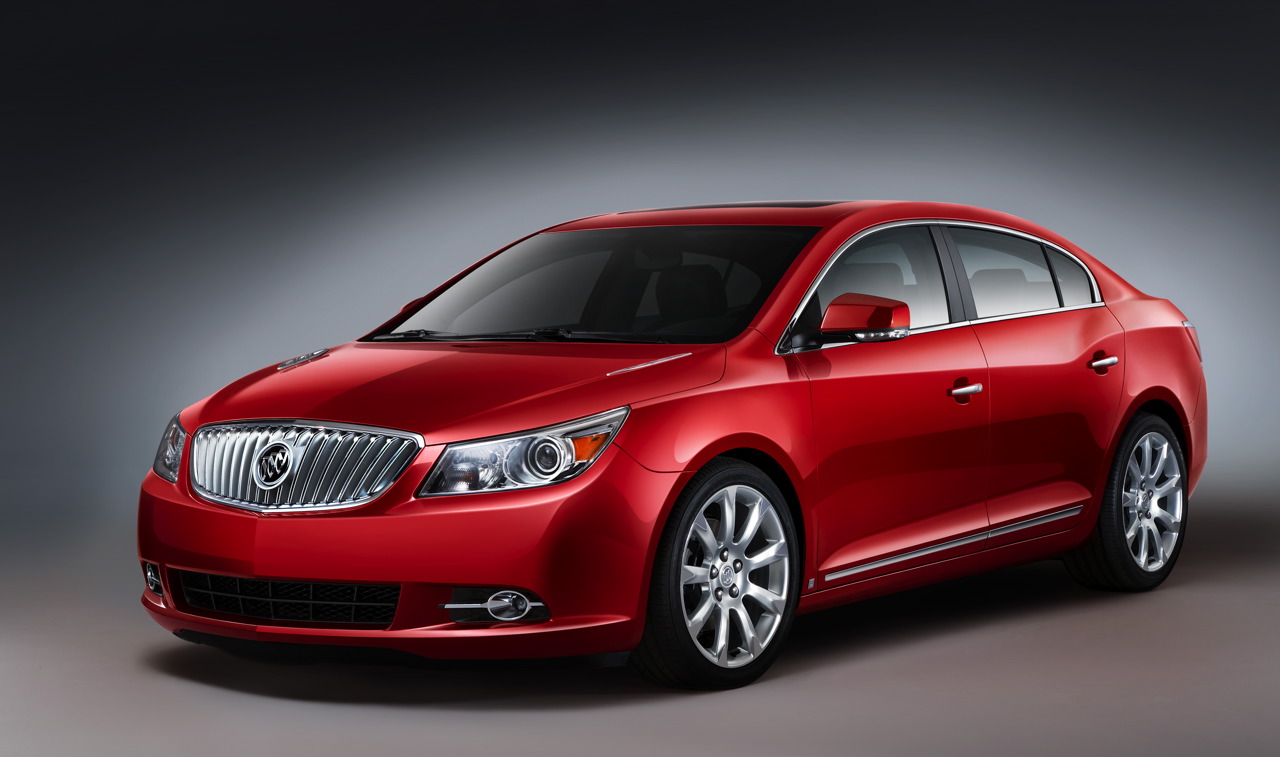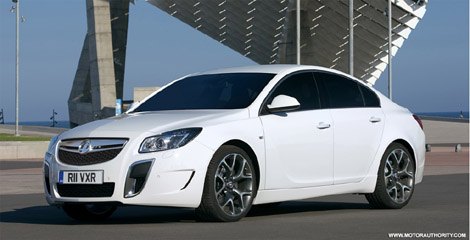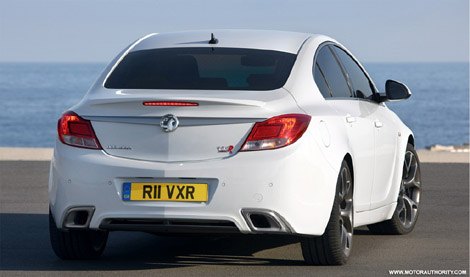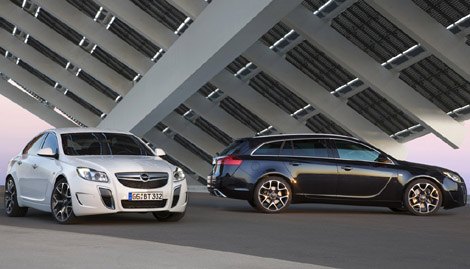 2010 Buick LaCrosse CXS Front View
2010 Buick LaCrosse CXS Front View
 2010 Buick LaCrosse CXS Black Series
2010 Buick LaCrosse CXS Black Series  2010 Buick LaCrosse CXS Wallpaper
2010 Buick LaCrosse CXS Wallpaper  2010 Buick LaCrosse CXS Side View
2010 Buick LaCrosse CXS Side View  2010 Buick LaCrosse CXS Interior
2010 Buick LaCrosse CXS Interior  2010 Buick LaCrosse CXS Rear View
2010 Buick LaCrosse CXS Rear View  2010 Buick LaCrosse CXS Display
2010 Buick LaCrosse CXS Display 2010 Buick LaCrosse CXS Picture
2010 Buick LaCrosse CXS Picture 2010 Buick LaCrosse CXS Sport Car
2010 Buick LaCrosse CXS Sport CarAn attractive, premium-looking sedan pulled up, and for a moment I thought I had been given the wrong car — a Lexus. But no, it was the 2010 Buick LaCrosse, with Lexus-like styling, that caused the confusion.
The LaCrosse, Buicks newly revamped, mid-size sedan, is surprisingly different from stereotypical Buicks. Styling is modern, and the interior in the top-of-the-line CXS has upscale appeal. Even the instrument gauges are jazzy, with light blue background and eye-catching font.
There are two good engine choices — both V-6s with direct injection like that found in some German powerplants. A more fuel-thrifty, 182-horsepower, four-cylinder is coming later in the model year.
The ride is smooth and quiet, even blocking out most road chatter from the tires.
Also not to be missed: The LaCrosse carries an across-the-board 5 out of 5 stars from the federal government for frontal and side crash protection. The LaCrosse also is a top safety pick of the Insurance Institute for Highway Safety, which conducts tests for frontal, side and rear crashes.
Pricing is competitive for the upperscale mid-size sedan segment. Manufacturers suggested retail price, including destination charge, for a base, front-wheel drive, 2010 LaCrosse with 255-horsepower V-6 is $27,835.
This compares with $28,695 for a base, 2010 Toyota Avalon with 268-horsepower V-6; $35,675 for a base, 2010 Lexus ES 350 with 272-horsepower V-6; and $34,965 for a base, 2010 Lincoln MKZ sedan with 263-horsepower V-6.
All models are front-wheel drive and come standard with automatic transmissions and seats for five. But note that unlike the major competitors, the LaCrosse is offered in all-wheel drive, too. This model starts at $32,570, which is still below the starting prices of the ES 350 and MKZ with two-wheel drive.
The 2010 LaCrosse is based on a new, improved platform. Atop the new platform is a new body with correct proportions, short-clipped overhangs, a prominent grille thats not overdone and a graceful rear end.
The quietness of the interior was pleasing. Not only were passengers well insulated from outside noises, they could barely notice the engine was on during idle. But this wasnt an old-style quiet car, where so much attention is spent on keeping driver and passengers isolated from the ride.
Rather, the steering in the CXS test car gave the driver good hands-on feel, even if it wasnt exactly sporty. The suspension — front MacPherson struts and rear four-link independent configuration — managed road bumps without fuss and yet gave the sense of the car being well-connected to the road.
The LaCrosse CXS test car was, simply, the best-handling Buick I have ever had the pleasure to drive.
Sure, there was some trepidation on my part when I sent this 4,000-pound-plus car speedily down an off-camber, downhill curve. But the LaCrosse maintained its poise and rewarded me with confidence.
The engine in the CXS is the upscale 3.6-liter, double overhead cam V-6 with variable valve timing and direct injection. It uses regular unleaded to develop 280 horses and a commendable 259 foot-pounds of torque at 4,800 rpm.
Coming through a six-speed automatic transmission, the power felt strong, steady and well-managed in the CXS test car, and it provided relaxed driving in both city and highway travel.
Unfortunately, the government fuel economy rating isnt the greatest at 17 miles per gallon in city driving and 27 mpg on the highway. In combined city/highway driving that admittedly was not skewed for fuel economy, I managed just 19.4 mpg.
The base V-6 available for the LaCrosse is a smaller, 3-liter, double overhead cam engine with variable valve timing and direct injection. It generates 255 horses and 217 foot-pounds of torque at 5,100 rpm. Despite the slightly lower performance numbers, though, the LaCrosse with this V-6 and front-wheel drive has the same 17/27-mpg rating as the LaCrosse with the 280-horsepower V-6.
The roominess of the LaCrosse back seat is exemplary. There are 40.5 inches of legroom back there, or 4.6 more than in a Lexus ES 350. As I sat in the LaCrosse back seat, I could extend and even stretch my legs. The comfort continues with large door openings for easy entry and exit. And while the 37.3 inches of headroom in the back seat is less than the 37.8 inches in the back seat of Lincolns MKZ, its a tad more than whats in the ES 350.
Keep in mind that the 16.4-foot-long LaCrosse is 6 inches longer in overall length than the Lexus ES 350 and 9 inches longer than the MKZ.
But the LaCrosses 13 cubic feet of trunk space is less than the 16.5 cubic feet thats in the MKZ and the 14.7 cubic feet of the ES 350.
Leather-trimmed seats in the tester had a realistic, pliable feel and wouldnt be confused with vinyl. They were black with perfectly-done white stitched accents. The metal pillars at the sides of the windshield, however, are large and easily block views. I was glad to have the optional backup camera, because it was difficult to see behind the vehicle as I backed up.
The long doors could use better positioned handles or grab spots for short-statured passengers. I nearly fell out of the driver seat reaching for and trying to close the driver door.
Theres no dead pedal to the left of the brake pedal in the LaCrosse, so I kept banging my left ankle against the plastic wall trim down there.










